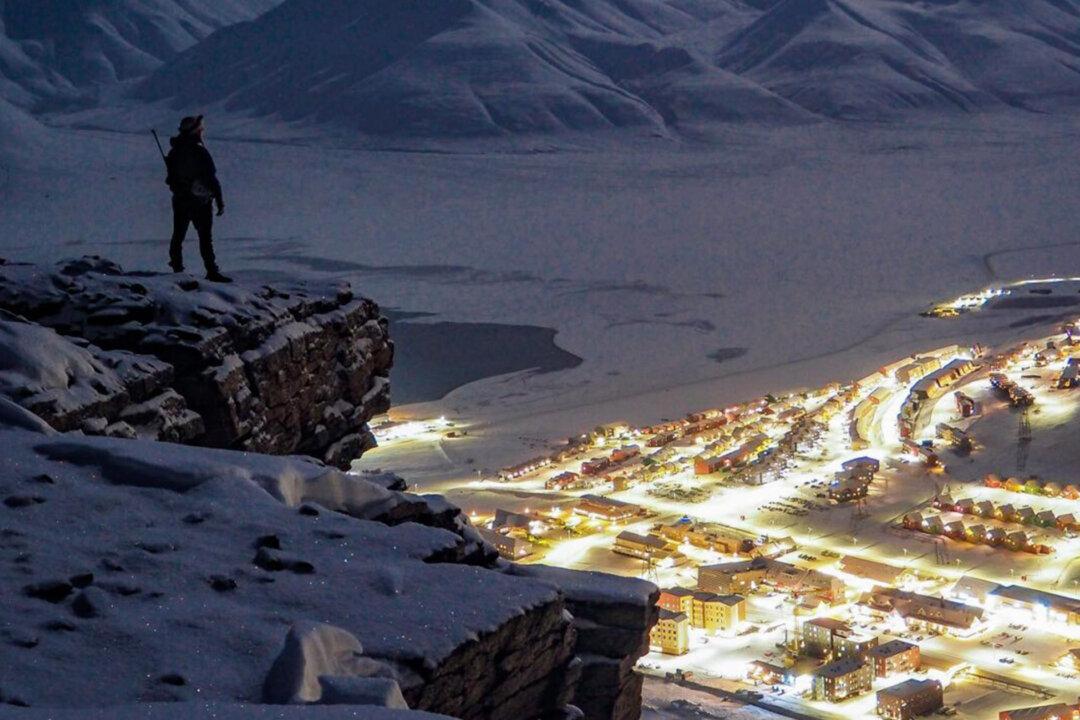Disclaimer: This article was published in 2023. Some information may no longer be current.
A former design student from Norway gave up city life for a remote Arctic island after a boat trip rocked her outlook, and she’s never looked back, despite the huge adjustment.





